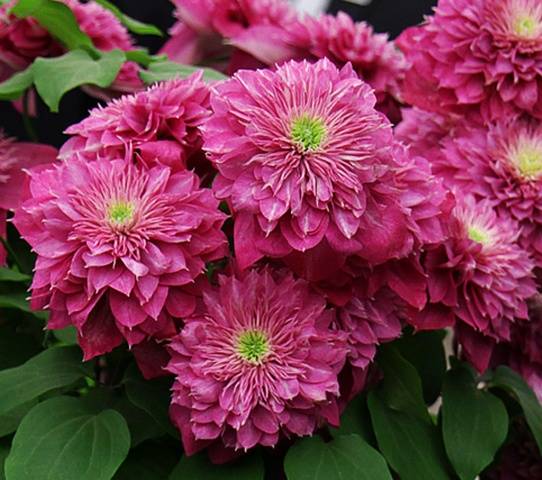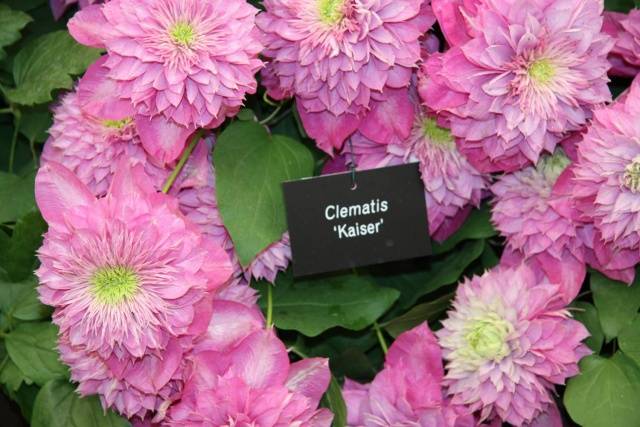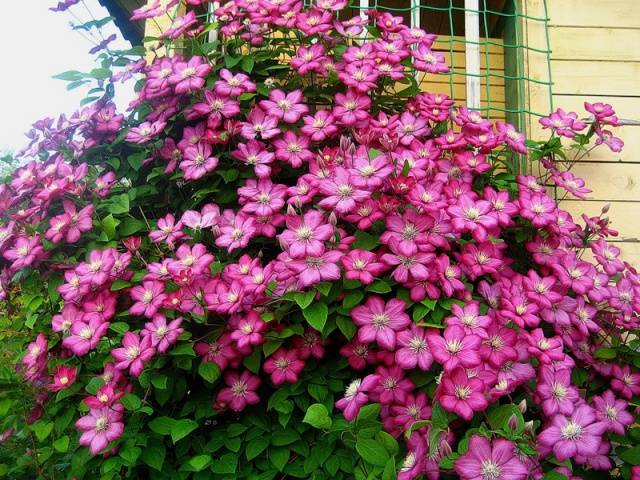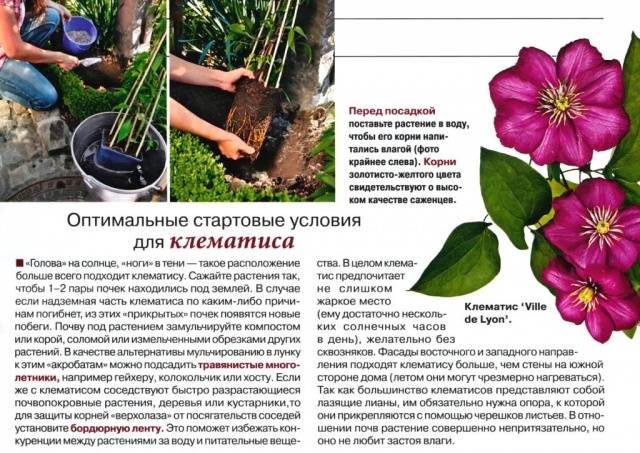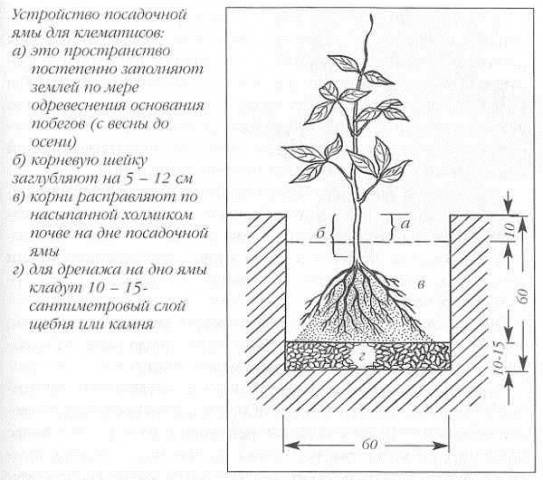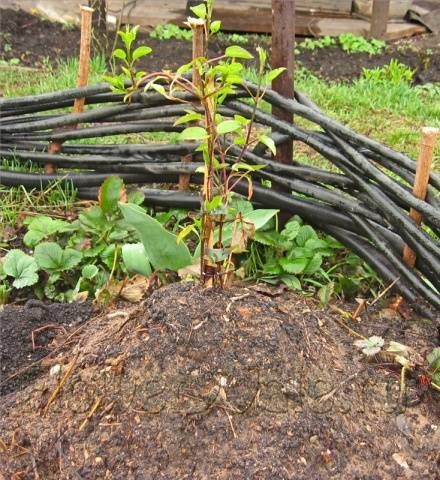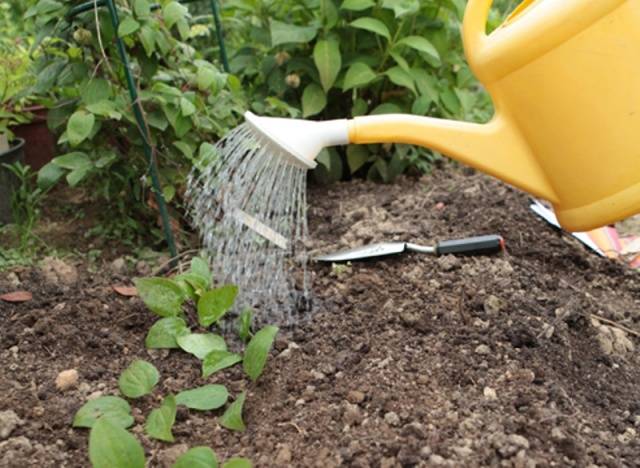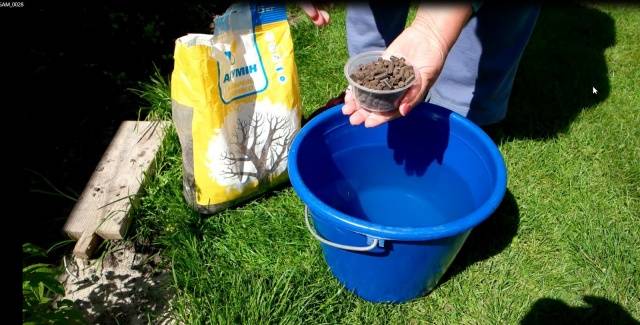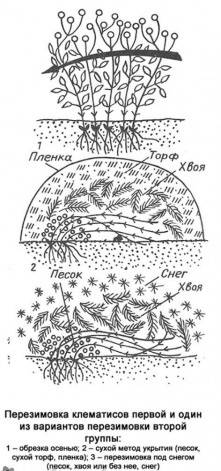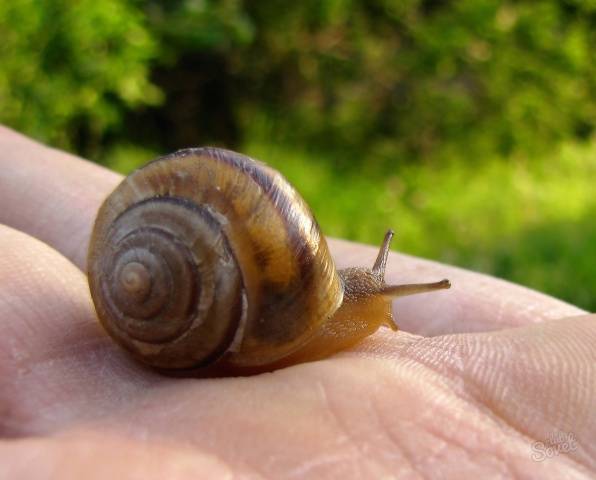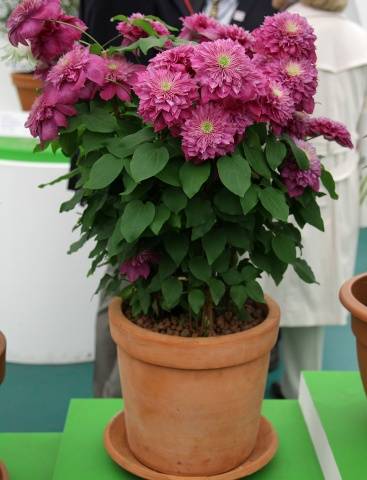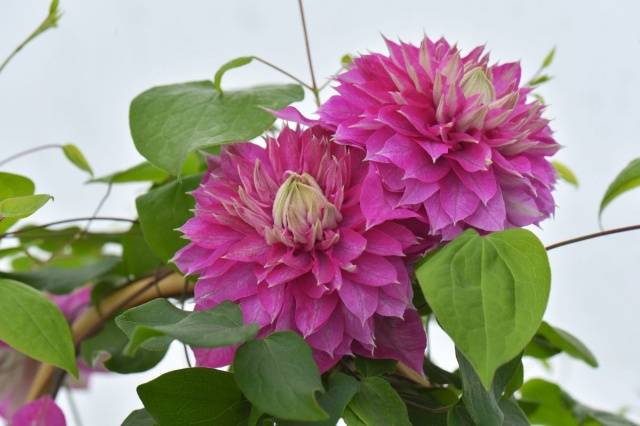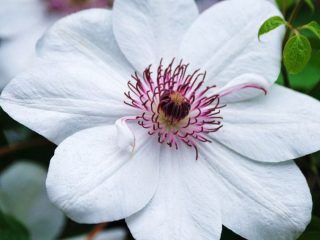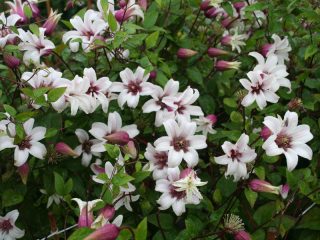Content
The beauty of clematis is difficult to overestimate: exotic vines with variegated large flowers can decorate any, even the most poorly landscaped areas of the garden. Clematis has been cultivated since the eighteenth century; every year new varieties and hybrids of these wonderful flowers appear on sale. One of the newest hybrid clematis is Kaiser, which appeared in Russia only in 2010. The Kaiser variety is famous for its large double inflorescences of bright colors and its ability to withstand the winter of the middle zone well.
A description of the clematis variety Kaiser with photos and reviews from real gardeners is given in this article. After reading the material, even a beginner will understand how to properly plant and grow such an exotic flower as clematis.
Hybrid characteristics
Clematis Kaiser was bred by Japanese breeders, and this happened back in 1997. The variety came to Eastern Europe much later - 13 years later. Flower growers fell in love with Kaiser for its very lush multi-layered inflorescences of complex colors and its frost resistance (which is important for the Russian climate).
The description of clematis variety Kaiser is as follows:
- the plant is perennial - clematis live for about 20-25 years;
- The Kaiser variety blooms mid-early - from mid-May to June (the exact timing depends on the climate);
- flowering duration from May to October;
- powerful vines reach a length of 100-150 cm;
- leaves are ellipsoid, pointed, dark green, medium size;
- active formation of lateral shoots - the Kaiser bush needs to be formed;
- The pruning scheme of the second type is gentle;
- inflorescences are complex, double in appearance;
- The flowers are large - 10-14 cm in diameter;
- the petals can be colored purple or pink; flowers are more often pinkish-red or lilac-violet;
- the shape of the petals in one inflorescence is different - from wide to almost needle-shaped;
- white inclusions are clearly visible on the petals;
- the centers of clematis are yellow;
- the number of flowers on the vine is very large - the bush is literally strewn with large inflorescences.
The photo does not convey all the beauty of clematis: the fragrant large-flowered liana of the Kaiser variety will become a real decoration for a country plot. These flowers can be used for landscaping blank walls, hedges, camouflaging unsightly outbuildings, decorating gazebos, arches and pergolas.
Nuances of cultivation
Clematis cannot be called unpretentious flowers - reviews from flower growers only confirm this. But all the work will pay off entirely, because a real flower tree will appear in the garden, which will delight the eye for about a quarter of a century.
Large-flowered Kaiser should be grown in accordance with the following rules:
- It is recommended to buy seedlings only in specialized stores with a good reputation. Kaiser clematis planting material is not cheap, so it is better to be confident in its quality.
- It is better to plant clematis in the spring, when the soil is well warmed up and frosts are behind us. The optimal planting time is early morning or cloudy day.
- The best place for Kaiser is an area well lit by the sun and protected from the wind. It’s great if there is a small hill or mound - that’s where you need to plant clematis.
- Alkaline or neutral soils are preferred. Heavy clay soils are not suitable for planting flowers.
- The planting hole should have a depth of about 50-70 cm (depending on the density of the soil on the site). The distance between neighboring clematis bushes is at least 1.5 meters. If groundwater lies close to the soil surface, a layer of gravel or broken brick is poured onto the bottom of the planting hole - Kaiser does not tolerate excess moisture.
- The holes before planting flowers are filled with a nutritious soil mixture: fatty clay, 1-2 buckets of well-rotted humus, about 100 grams of superphosphate.
- It is necessary to bury clematis seedlings Kaiser into the ground at a depth of 6-8 cm. Next year, add a little more soil around the plant - the height of the mound should be 10-15 cm.
- Immediately after planting, the seedling is pruned. Kaiser should have 2-4 buds left, then the flower will take root well and quickly take root in a new place. After a while, the pruning is repeated, also leaving no more than four buds.
- Planted and trimmed clematis need to be watered. To prevent water from spreading, you can make a small groove around the seedling. Kaiser should be watered with settled water at room temperature.The first watering should be plentiful; subsequently, clematis will have to be protected from excess moisture.
- To protect roots from overheating and prevent growth weedWhen an earthen crust appears, mulch is placed around the clematis seedlings. Sawdust and peat are most suitable for these flowers.
- After planting, clematis will have to be shaded from too hot sun. Mature plants do not like shade - Kaiser will bloom only in the sun.
- For a climbing plant, which is clematis Kaiser, supports are vital. These can be arches made of any material, special decorative sections sold in specialized stores, fences, gazebos, rope structures, etc.
- The flower grows very quickly, so you need to regularly tie up its young shoots (every 2-3 days). If you do not tie up a flower in time, even a slight wind can damage it. To tie delicate stems, use fabric strips or special flower staples.
How to care for a flower
Clematis Kaiser requires proper planting and regular care - without the qualified help of a grower, the fragile plant will die. In principle, Kaiser needs the same care as other flower crops. It is important to take into account the nuances of the “character” and requirements of clematis.
Watering
The beautiful flowering of clematis largely depends on proper watering of the bushes. Kaiser needs to be moisturized generously, but infrequently. The main condition for high-quality watering is that the water must wet the soil to the depth of the flower’s roots. Immediately after moistening, it is recommended to loosen the soil - this will help retain water.
The next time the flowers are watered is when the soil has dried out not only from above, but also at a depth of 7-10 cm. In rainy summers, Kaiser is in danger of dying from waterlogging. To protect the plant, you need to make a small ditch near the bush to collect excess water.
Fertilizer
You will have to feed the flowers regularly - clematis respond very well to high-quality fertilizers. The optimal feeding schedule for these plants is every seven days.
Fertilizers such as mineral complexes for climbing flowers, organic matter, and wood ash are perfect for Kaiser. It is recommended to dilute any fertilizers with water and apply them under the bushes as watering.
Trimming
Large-flowered clematis, including Kaiser, belong to the second group of pruning, that is, weak. The second type of pruning is as follows:
- shortening the shoot immediately after planting;
- removal of root shoots in May-June;
- bush formation;
- in the middle of winter of the second year, old shoots are cut out, leaving a few of the strongest buds;
- April-May is the time to shorten last year's faded shoots, trim young growth, and form a bush.
Wintering
Clematis can wither away under shelters, so preparing these flowers for wintering should be carried out in several stages. When the temperature drops to +1- -3 degrees, the plants are left to harden for a while. Later, 10-15 cm of pine needles, sawdust, dry leaves, and a mixture of sand and ash are poured into the base of the bush. After winter pruning, clematis can be covered with polypropylene bags.
If serious frosts begin in the region, you will need to cover the clematis even better. To do this, use wooden boxes or build a special frame on which bags of straw, sawdust, and leaves are placed.
Pests and diseases
The most common pests that pose a threat to Kaiser are snails and slugs, nematodes, spider mites, and beet aphids. These pests must be controlled using special means. Sometimes the affected bushes have to be completely removed and burned. To prevent this, prevention must be carried out.
Among the diseases, Kaiser, like all clematis, is threatened by fungal infections of the root system and leaves, as well as various rots. Only proper temperature and humidity conditions can protect flowers.
Review
Conclusion
Flowers such as clematis simply cannot be ignored: long vines with beautiful carved leaves and large inflorescences of exotic shapes and variegated colors. The Kaiser variety is relatively young, but is very popular among gardeners. This success is explained, first of all, by the size of the inflorescences and their doubleness. In addition, Kaiser is frost-resistant; it tolerates Russian winters better than other varieties of clematis.
